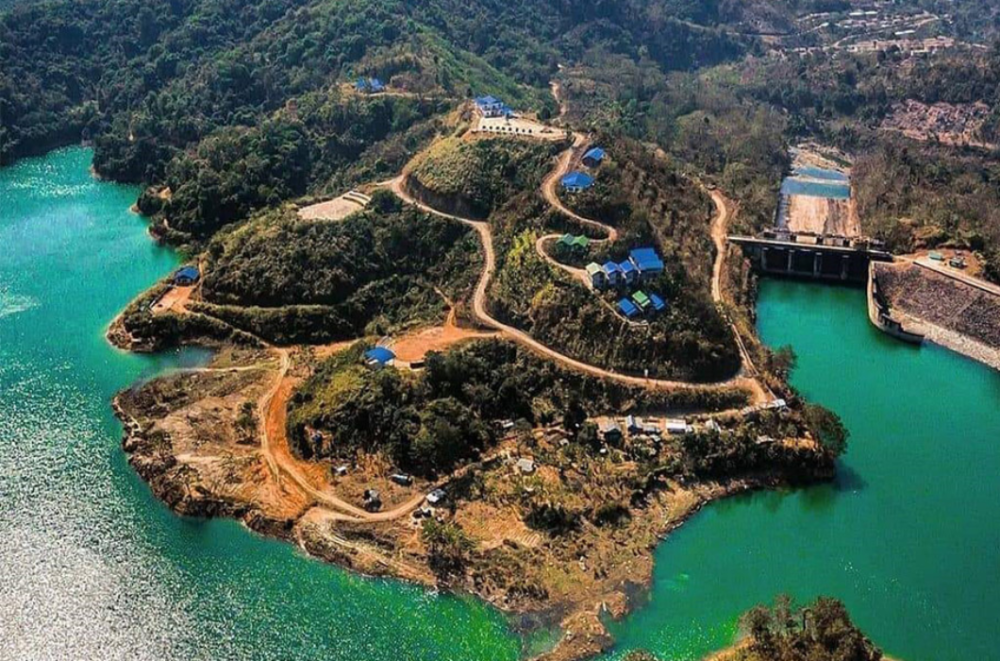

Tourism at the Doyang River in Wokha, Nagaland is steeped in the rich cultural tapestry of the Northeastern state of India. The Doyang River is one of the largest and most prominent rivers in Wokha and has been an integral part of the lives of the people of Nagaland for centuries. The river is not only a vital source of water for irrigation and fishing but also a serene location that has started to attract tourists from different parts of the country and the world.
Tourism at the Doyang River, specifically for leisure and recreation, is a relatively new concept. Traditionally, the river was primarily used for sustenance and transportation by the local tribes. It wasn't until the late 20th century that the potential for tourism began to be recognized.
The beauty of the river and the surrounding hills came to be appreciated by adventure seekers and nature enthusiasts who were exploring offbeat paths in Nagaland. The indigenous Lotha tribe, which is predominant in Wokha, has lived in harmony with nature for generations. Their unique cultural practices, festivals, and warm hospitality have gradually contributed to the area's emerging tourism profile.
In the early 21st century, conscious efforts began to promote eco-tourism along the Doyang River in alignment with the state government's initiatives to enhance sustainable forms of tourism. The river's scenic beauty, coupled with the potential for nature-related activities, became pivotal in its promotion as a tourism destination.
The Doyang River area received a significant boost in tourism interest due to the annual migration of Amur Falcons. These small raptors travel one of the longest migration routes of all birds, from Siberia to South Africa, and they stop over in vast numbers around the Doyang Reservoir. The event has attracted birdwatchers and wildlife enthusiasts globally and has become an example of successful conservation efforts after the local community curbed hunting and took to conserving these winged visitors.
Currently, ecotourism continues to be a significant trend in the area, with a focus on promoting homestays, cultural tours, and bird-watching activities. The Government of Nagaland has also been active in developing tourism infrastructures, such as better connectivity, transportation, and amenities, to cater to the needs of both national and international tourists.
Adventure tourism is also on the rise. Activities like angling, boating, and camping along the Doyang River are becoming popular among thrill-seekers. The stunning landscapes with verdant hills and the serene atmosphere of the location offer an ideal setting for nature-centric and adventure activities.
With its increasing popularity, the Doyang River region exemplifies sustainable tourism practices in Nagaland. The blend of natural beauty, unique cultural experiences, and the hospitable nature of the local communities make it a promising destination for those looking to explore the fascinating Northeastern part of India.